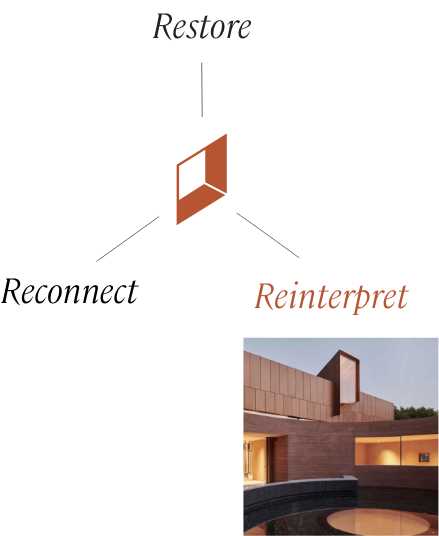What
Brought Us Here
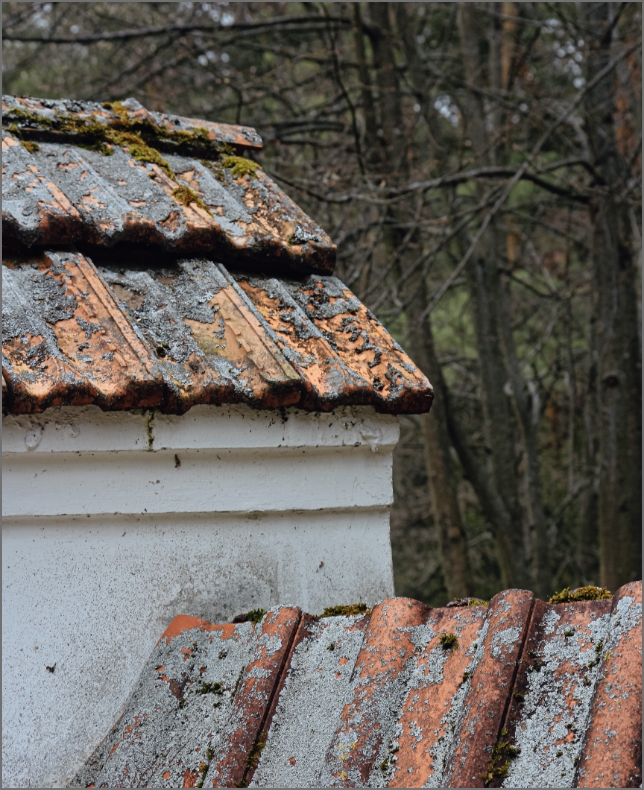
After ten years leading design and development in a conventional real estate setting, Mel Meagher visualized — and was a part of — the striking disconnect between humans and their environment. They noticed the industry’s trajectory needing a profound shift in our approaches, our choices, and our behaviors.
Why?
built environment
materials and construction
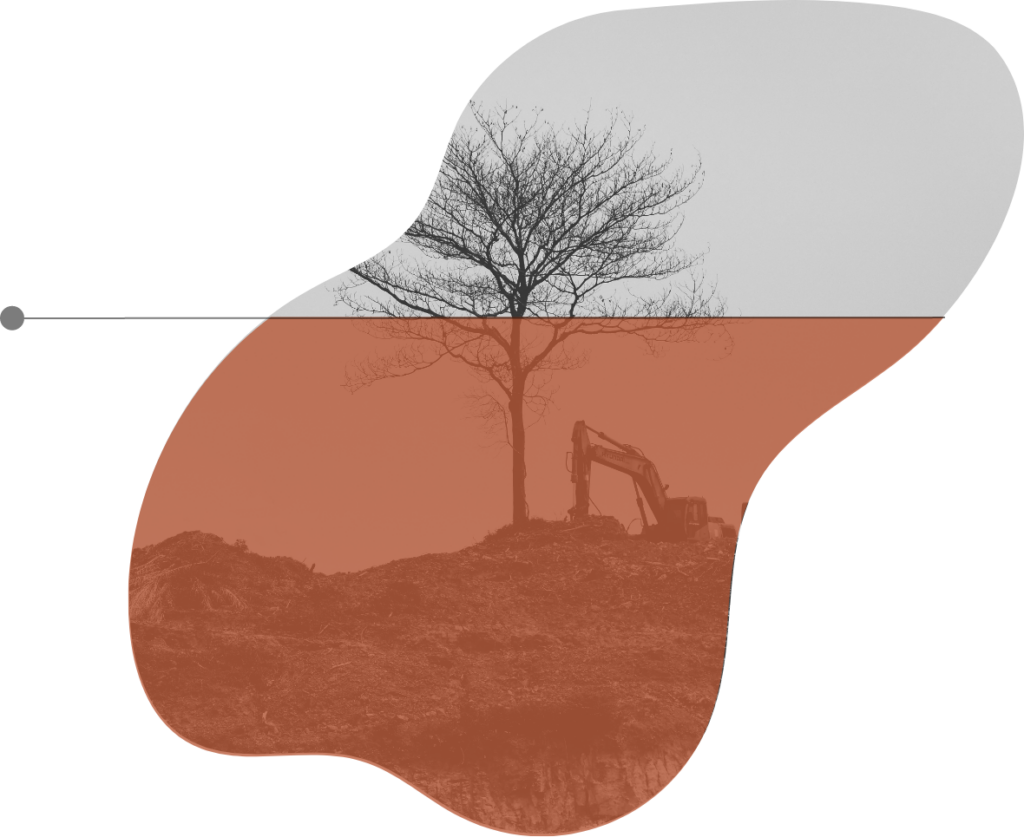
More so, 90% of our time is spent indoors, where the level of contaminants may be 3-5 times higher than outdoors, however, the industry standard doesn’t combat this.
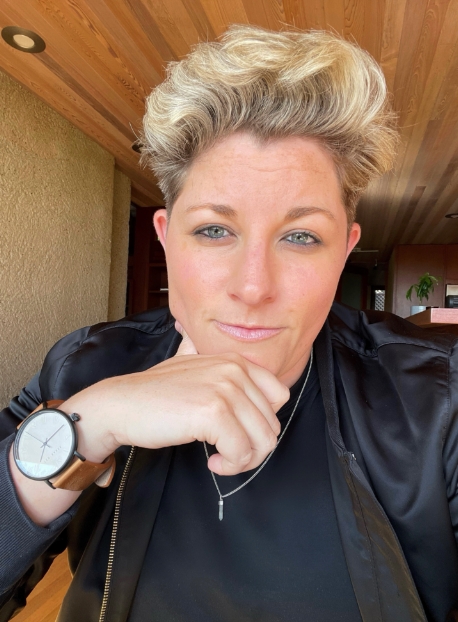
MEL MEAGHER
Bachelor of Arts, Media Studies, UC Berkeley
Master of Real Estate Development, Portland State University
CERTIFIED IN
Healthy Materials & Sustainable Building + Permaculture Design
Mel is a life-long learner thirsty to find ways to better the planet. She has always been fascinated by the layers within place and purpose. Combining her real estate operations experience with her design background and education of green building, she is zealous about the possibilities of regenerative development. She believes that the future of construction can be energy-efficient, healthy, carbon neutral, and biodegradable.
Mel yearns to lead and be a part of the regenerative movement to heal and transform our relationship with the built environment.
She is a board member of the Institute of Contemporary Art San Diego and a proud member of the International Living Future Institute, San Diego Green Building Council, and Urban Land Institute.
With the creation of Unfold Development, Mel hopes to spark a transformation in the way we design and build as well as inspire a sense of urgency to slow down traditional development processes, collaboratively innovate, and care for what already exists.
Each Unfold project has a unique team pertaining to it. Head to our Stewardship page to meet our growing regenerative ecosystem in each locale.
MEL MEAGHER, pronouns: she/they
Bachelor of Arts, Media Studies, UC Berkeley
Master of Real Estate Development, Portland State University
CERTIFIED IN
Healthy Materials & Sustainable Building, Parsons School of Design
Regenerative Practitioner Series, Regenesis Institute
Biophilic Design, Living Future Institute
Mel is a life-long learner thirsty to find ways to contribute to the betterment of the planet. They have always been fascinated by the layers within place and purpose. Combining their real estate operations experience with their design background and education of green building, they are zealous about the possibilities of regenerative development. They believe that the future of construction can be brought back to craft with responsible techniques that are energy-efficient, healthy, carbon neutral, and biodegradable.
With regenerative principles, Mel believes we can nurture the built environment, heal what has broken, create a capacity of support systems for the future, and as a result, rediscover what it means to be real – and what it means to be ourselves.
They are writing a book called, Building Beyond Binaries, about deconstructing the dualities of how we live and build in order to unfold a new path forward.
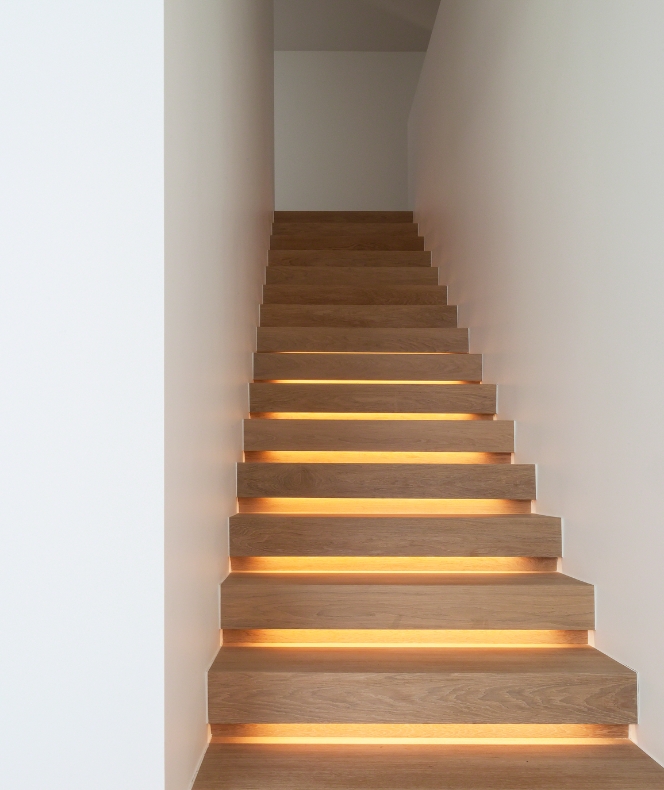
Unfold is a values-driven design and development studio specializing in regenerative thinking. Our decisions are based on ethics, environment and health. We’re focused not just on the final product, but on the process.
The Unfold Process
Restore
- Learn about site context, area, mapping
- Track down the original builder and architect
- See how the site operates as is
- Evaluate what’s there / what can be harvested/nurtured
- Deconstruction vs. Demo
- Turning waste into Art with Unfold’s Artfill
Reconnect
- Ask: What are the best examples in nature to solve this problem?
- How is it disconnected from the whole?
- Curate an environmentally conscious design team
- Assess site with permaculture specialists, native tribes, ecological designers
- Define design priorities to increase biodiversity + biomimicry
- Design for co-evolution + design for dismantling
Reinterpret
- Regional building materials – close to the site
- Nothing imported or manufactured
- Use a craft-based mentality
- Reinvent processes/materials with local artists
- Specify sustainable, healthy, low-carbon natural products
- Mindful implementation, construction site as art
How do we regenerate? Look to the future.
- Use a craft-based mentality
- Reinvent processes/materials with artists
- Healthy Materials Lab’s Materials Collection Hub
- Biodesign innovation, biodegradation
Unfold’s
Initiatives
Building beyond binaries
Buildings account for 40% of the global use of raw materials
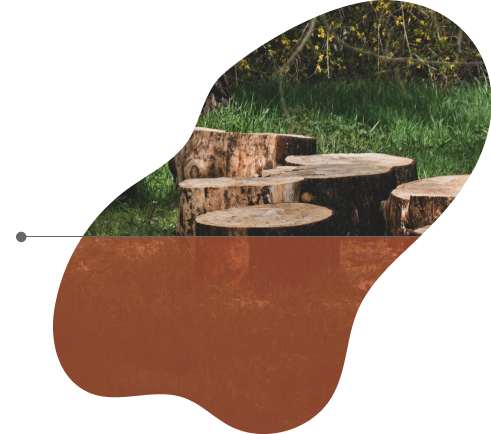
At Unfold, our “Artfill” initiative uses 97% of deconstructed materials for art. We take all materials that would otherwise head to landfill and commission artists to turn everything into sculpture objects, furniture, lighting fixtures, and even musical instruments.
Buildings account for 40% of the global use of raw materials — many of which are not reusable or biodegradable, so Unfold’s goal is to make as many of our materials ourselves. Our Artfill helps us accomplish this.
Residencies of Change (RoC) is an Unfold-led initiative and partnership with local art institutes to provide more spaces for artists to work on pieces that stimulate awareness of social and environmental needs.
Unfold Development believes that the expression of art is the avenue to human relation. The more we can relate, the more we can understand. However, cities increasingly have fewer spaces for artist residencies as well as a lack of affordable housing. Therefore, artists have less opportunities to create and less time to conceptualize visuals of change.
Unfold Development projects include artist housing opportunities called Residencies of Change. Applications for artist residencies are reviewed by a committee led by Unfold and partners, choosing artists that are determined to possess an innovative approach to art reflecting a variety of themes.
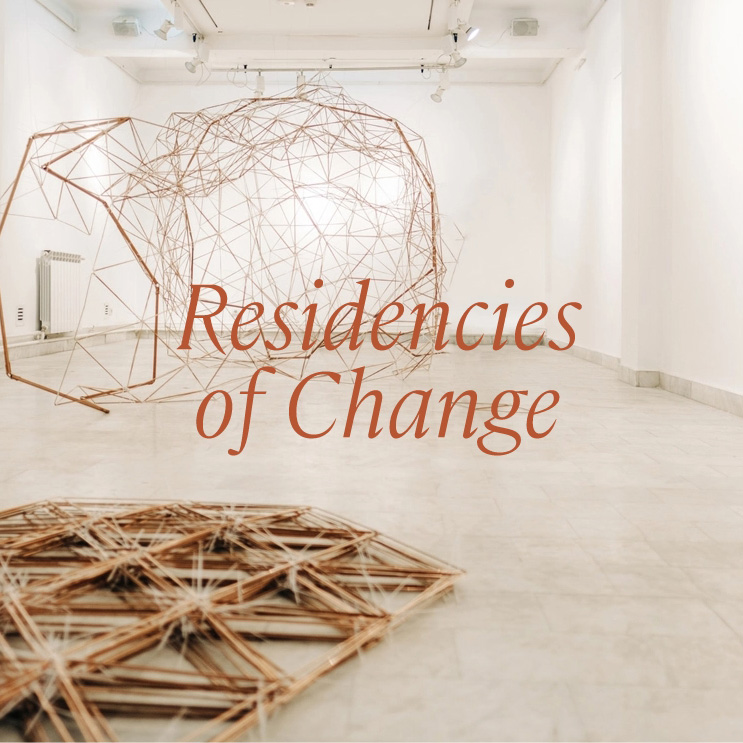
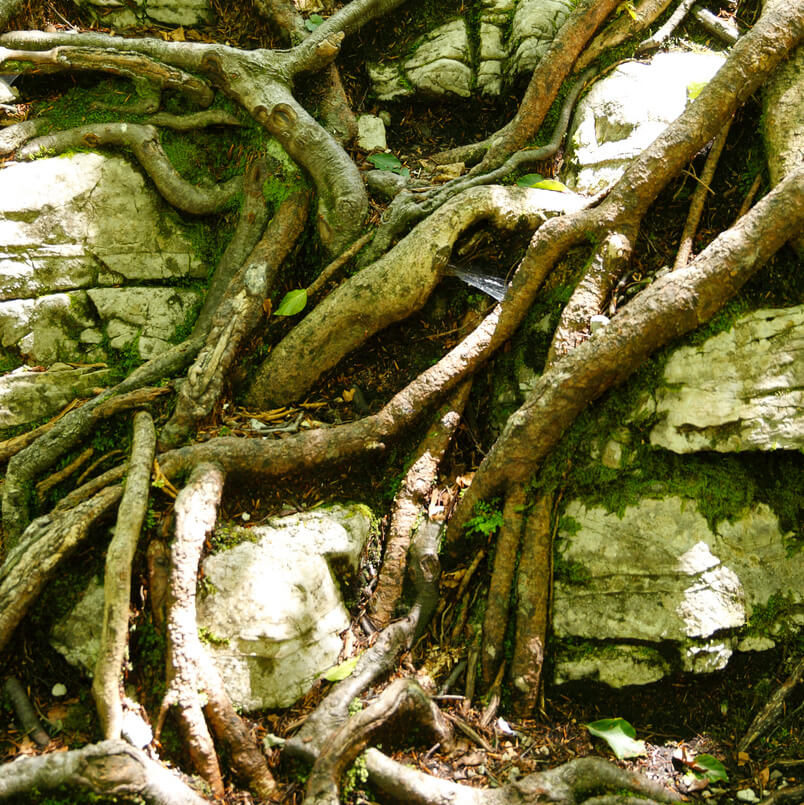
In ecology, a guild is a community of species that depends on one another. In a guild, species aren’t siloed but exist in a web of mutual reliance. There’s a reciprocation that illuminates how the distinctions of the species (example: tree, squirrel, mushroom) are less important, and the relationships among them are more meaningful.
Unfold applies this same guild concept to its team, with the hope of each person understanding that they are part of a multidirectional web of mutuality. A guild thrives when each member is progressively aware of each other’s well-being and ability to respond to changing conditions. In conventional construction, a project team has a lot of subs that are unaware of how their work interweaves with the project as a whole. On an Unfold project, we work as a supportive sum.
Check out what we’re stewarding.


